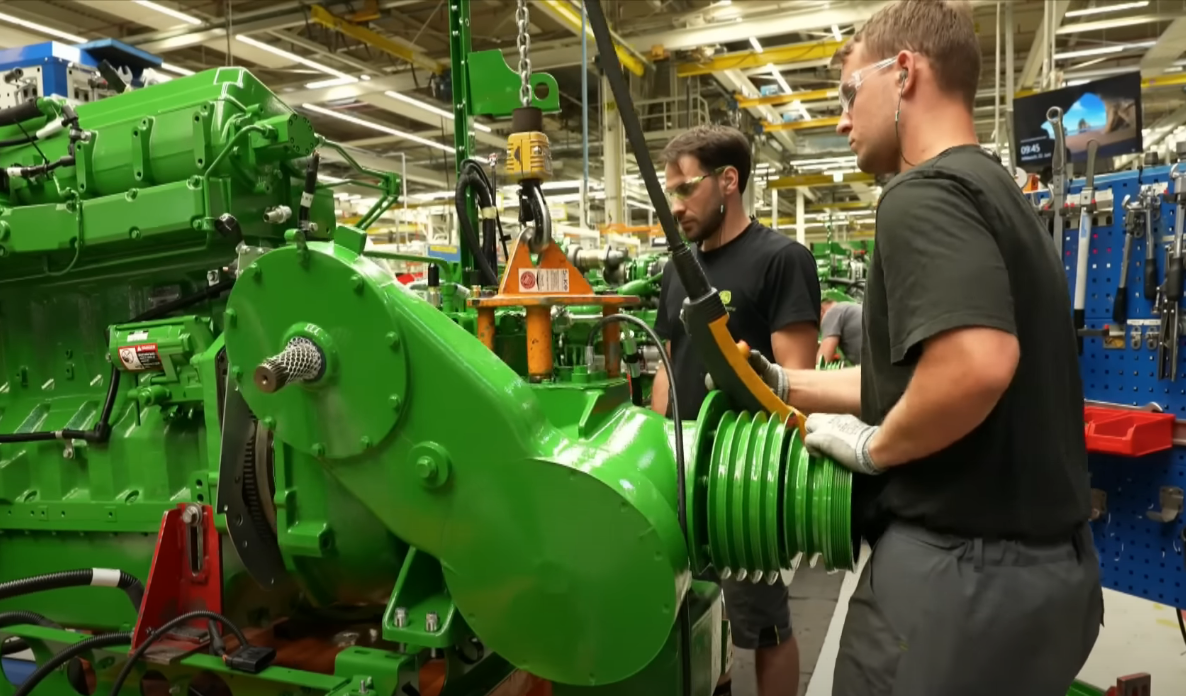Tariffs on metals like steel and aluminum have become one of the major wild cards in the ag machinery business. For manufacturers, dealers, and farmers the effects ripple through costs, supply chains, and even where machines are built.
The Pressure of Steel and Aluminum Tariffs
At the core, tariffs on steel and aluminum push up the price of basic inputs. Even companies that have most of their metal sourced domestically find themselves squeezed. For those that import major components or whole machines, the impact can be much greater.
Some machinery makers, including John Deere and Case IH, have reported significant increases in costs. They are trying to manage how much of those costs can be absorbed and how much will need to be passed on to farmers. Others, like CNH Industrial, say they can handle the tariffs for now by leaning on existing supply and inventory.
Domestic Manufacturers vs Importers
There is a noticeable divide between companies that build most of what they sell in the United States and those that rely heavily on imports.
Domestic production gives some protection. Deere, for example, builds the vast majority of its tractors and combines in the United States, and a large portion of its steel and components are sourced domestically. Case IH also manufactures extensively in U.S. plants, which helps buffer the direct impact of tariffs.
Import-heavy models face sharper challenges. CNH Industrial produces some of its equipment in other countries, such as India and Europe, before shipping to the U.S. That means tariffs on machinery and metals add significant costs. CNH leadership has said they can endure the situation for several months, but it is not a long-term solution.
Strategic Shifts in Manufacturing
One solution manufacturers are discussing is shifting or adding more manufacturing capacity inside the United States. By producing equipment domestically and sourcing more local steel, the effects of tariffs are reduced.
The idea is appealing, but not simple. Moving production requires building or expanding plants, training labor, and paying higher U.S. operating costs. Some manufacturers are weighing hybrid models that keep certain operations abroad while moving final assembly or high-value components to U.S. facilities. This allows them to protect themselves against tariffs without fully overhauling their global supply chains.
What This Means for Farmers and Dealers
Dealers may face higher costs or supply delays, which could eventually be passed along to buyers. Farmers might see higher prices on certain models or fewer choices if import-heavy machines are scaled back. On the other hand, companies that emphasize U.S.-made equipment may gain an edge in marketing and customer confidence.
If more production shifts into the United States, it could create new jobs and bring production closer to the farmers who use the machines. That said, costs may still remain elevated because labor and facilities are more expensive here than in many overseas locations.
Bottom Line
Tariffs on steel, aluminum, and imported machinery are forcing ag equipment manufacturers to rethink their sourcing, production, and pricing strategies. Deere and Case IH benefit from their established U.S. manufacturing base, while CNH Industrial and other global players must weigh whether to shift more operations to the U.S.
For farmers, the immediate concern is cost. In the long term, the reshuffling of global manufacturing could change not only the price tag on tractors and combines but also where those machines are designed, built, and supported.
Featured image taken from John Deere Manufacturing: A Giant Emerges | FD Engineering


Leave a Reply